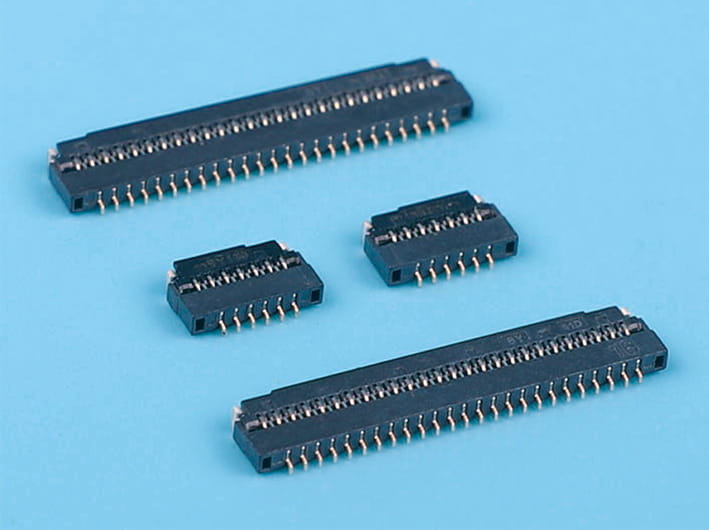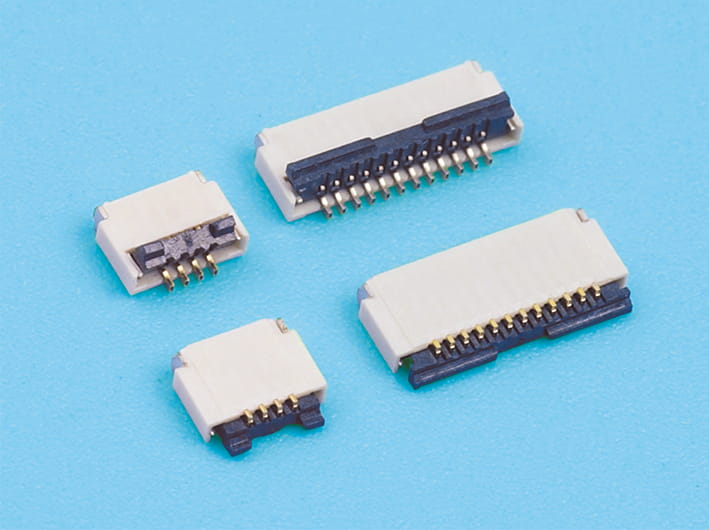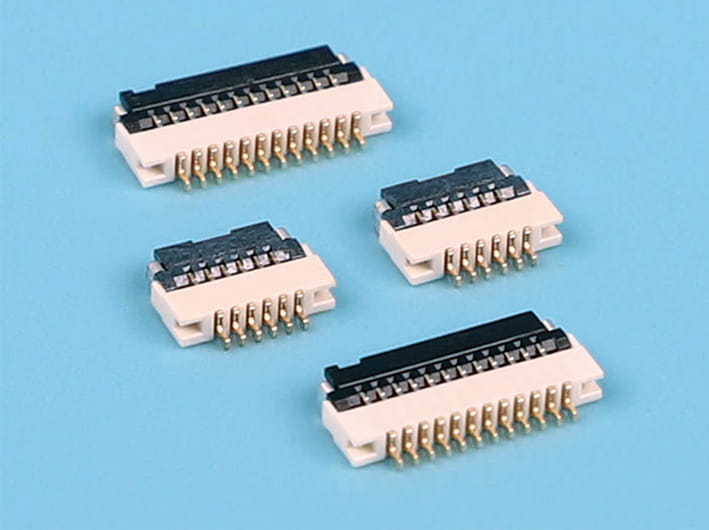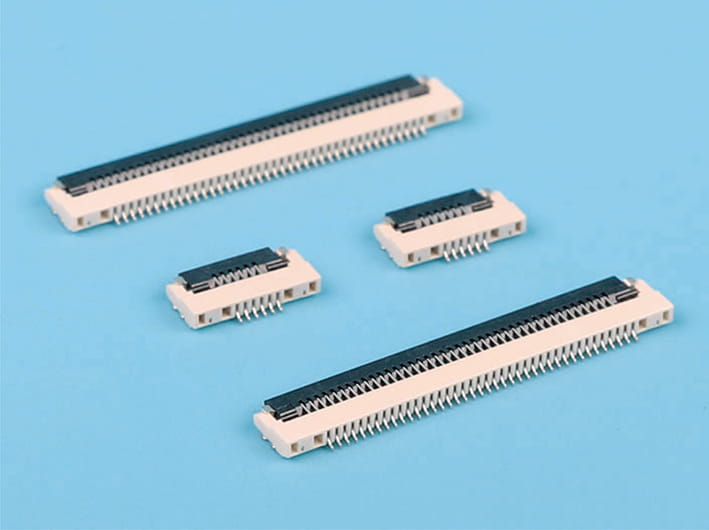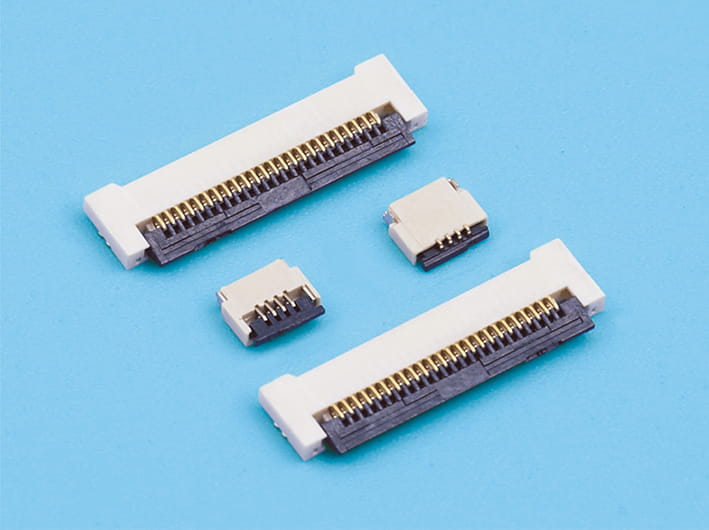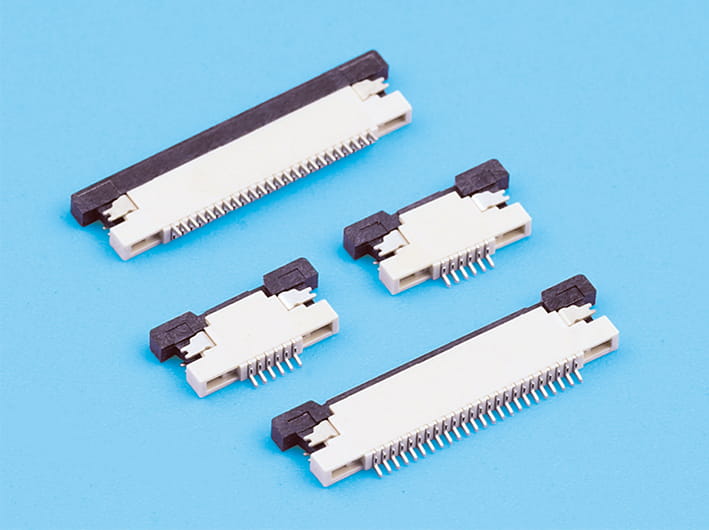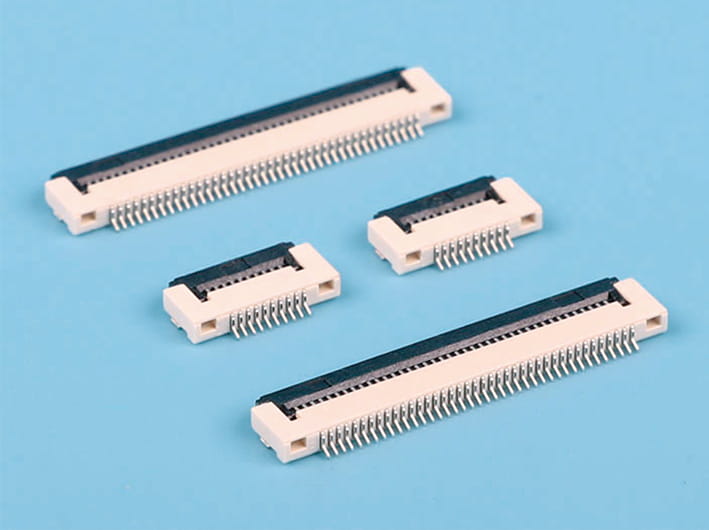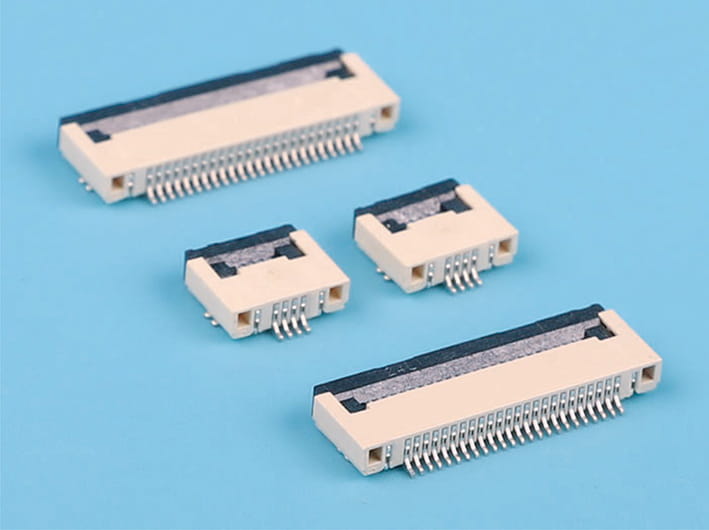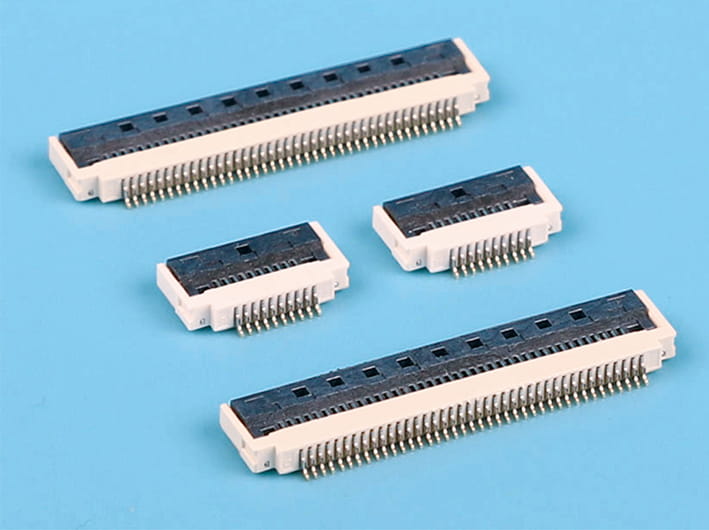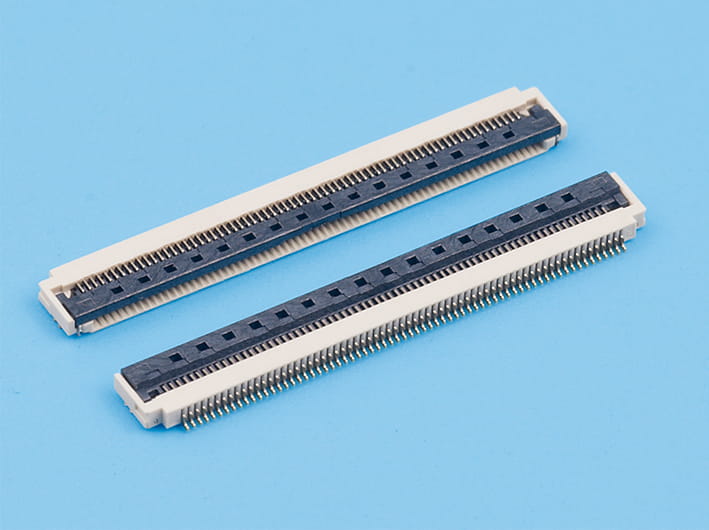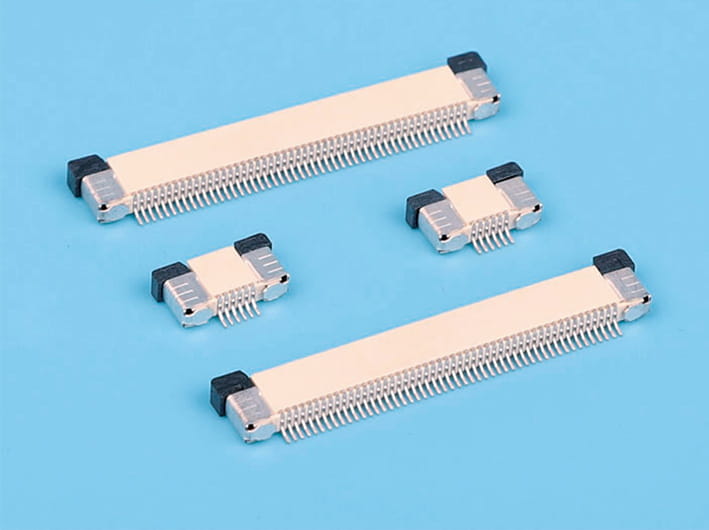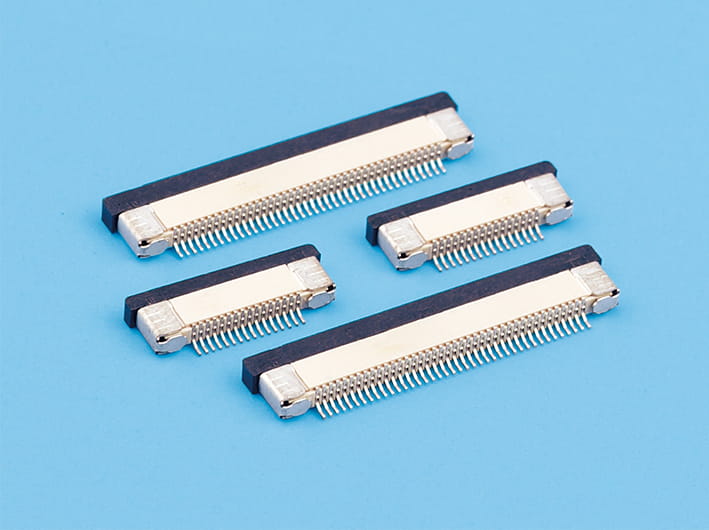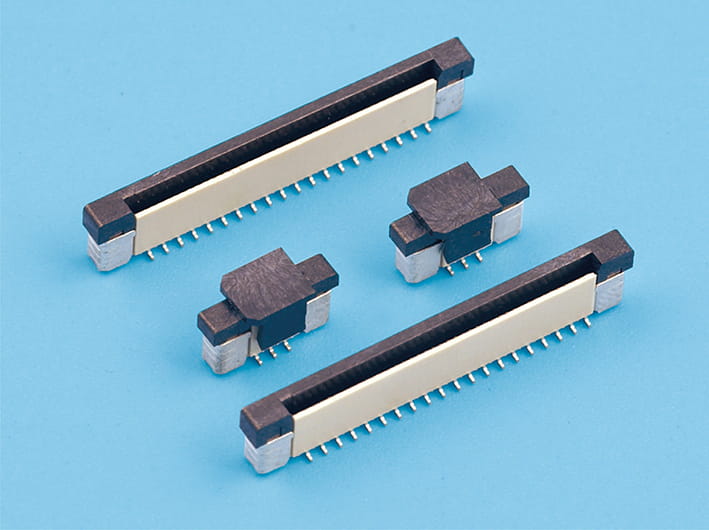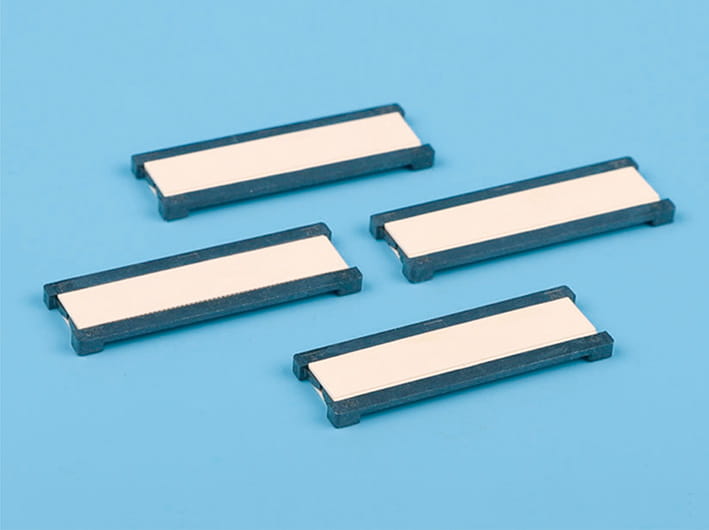Performance Challenges and Benefits of FFC Ribbon Cable in High-Frequency Environments
Introduction to High-Frequency Transmission Demands
The growing need for faster data exchange and miniaturized electronic systems has intensified the demand for cabling solutions capable of supporting high-frequency signals. Devices such as laptops, printers, LED displays, and embedded systems now frequently operate in environments where signal frequencies reach into the hundreds of megahertz or even gigahertz range. In this context, FFC Ribbon Cable has emerged as a popular interconnect option. Its flat and compact design makes it well-suited for space-constrained applications, while its predictable geometry has prompted engineers to consider its potential for maintaining signal integrity during high-frequency operations. However, the true measure of its suitability for such tasks lies in how it manages issues like impedance stability, crosstalk, and electromagnetic interference.

Signal Integrity and Impedance Characteristics
At high frequencies, signal integrity becomes more sensitive to variations in impedance and trace geometry. One of the strengths of a flat cable system is its uniform conductor spacing and consistent physical layout, which enables more stable impedance characteristics across the length of the cable. This predictability helps to reduce signal reflections and losses, particularly when transmission lines are properly terminated. Impedance matching becomes a crucial part of the design process, and if managed effectively, this consistency can allow ribbon-style cables to support signals at moderately high frequencies without excessive distortion or attenuation.
However, flat cable designs are not without challenges. Their closely spaced conductors may introduce capacitance between adjacent lines, which can become problematic when frequencies increase. As signal edges get sharper and rise times decrease, capacitive and inductive coupling can result in increased crosstalk, which causes signal degradation or interference between channels. For high-performance applications, designers must consider techniques such as separating signal lines with ground traces or adding shielding layers to help control unwanted interactions and preserve data fidelity.
Material Selection and Dielectric Performance
The insulation and substrate materials used in flat cable construction significantly influence how well they perform under high-frequency conditions. Dielectric constant and dissipation factor are two critical parameters that determine how much of the signal is lost as heat or distorted during propagation. Low-loss dielectric materials, such as polyimide or PTFE, are preferred for maintaining high signal quality, particularly over longer cable runs. These materials not only reduce dielectric loss but also help to maintain consistent signal speeds across different conductors, reducing timing mismatches and preserving waveform shapes.
Thermal stability is another essential factor to consider. High-speed digital systems often operate at elevated temperatures, and some materials used in cable construction may change their electrical characteristics under heat. A shift in dielectric properties can alter impedance and delay, causing timing errors and signal degradation. Therefore, selecting a ribbon cable with thermally stable materials is vital to ensure long-term reliability in demanding environments.
Final Thoughts on Application Potential
When carefully engineered and applied in suitable environments, flat flexible cables can perform reliably even in the context of high-frequency signal transmission. Their inherent uniformity in geometry, low profile, and compatibility with compact electronic assemblies make them attractive for designers aiming to balance electrical performance with physical design constraints. Although they may not match the shielding and bandwidth capabilities of coaxial or twisted pair cables in every scenario, continued advances in materials and structure have significantly improved their performance in high-speed digital communication. For many short-distance, internal, and moderate-frequency applications, they represent a practical and effective choice.



 English
English 中文简体
中文简体 Español
Español عربى
عربى